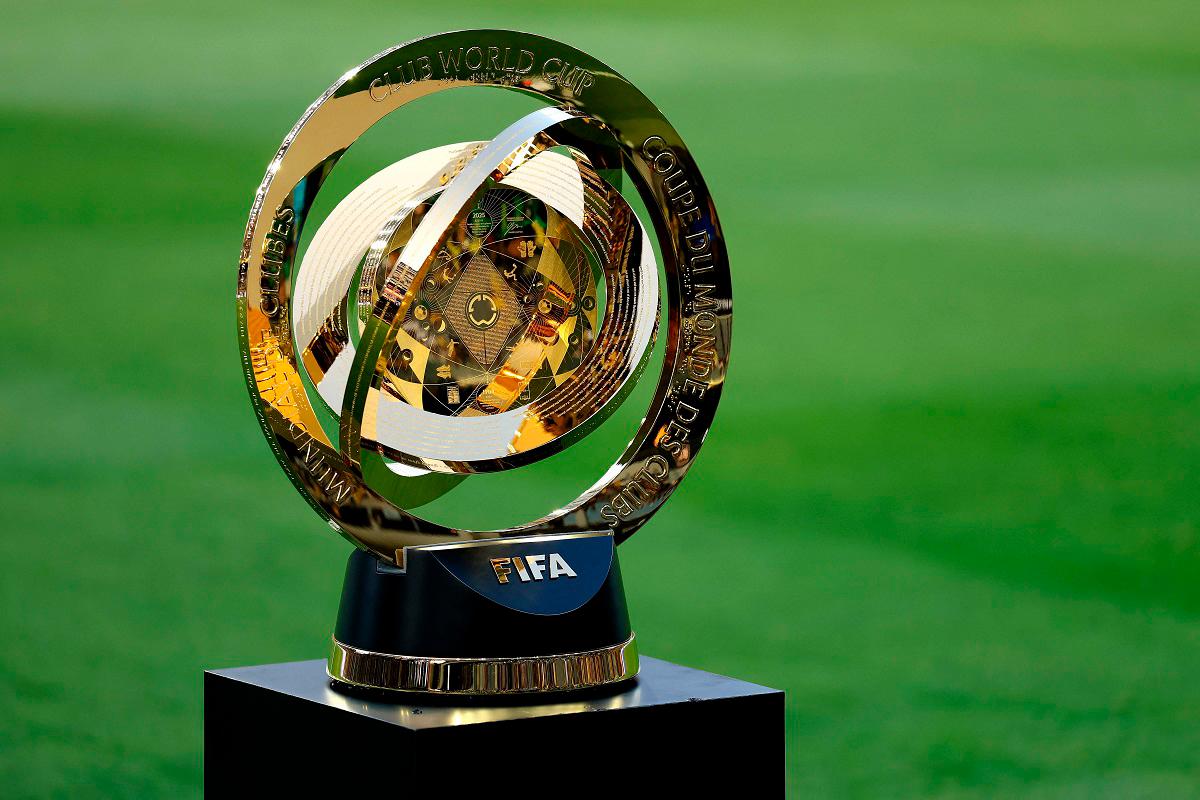WITH an eye-watering $1 billion in prize money, some of the biggest stars in the game and clubs competing from across the globe, FIFA’s new Club World Cup has all the ingredients to be a huge event.
But the 32-team tournament, which will be played across the USA from June 14 to July 13, has faced criticism and scepticism since the moment FIFA president Gianni Infantino began to float the idea.
As a completely new arrival in an already crowded football landscape it remains to be seen whether the competition proves able to carve out a regular place in the calendar.
Players representatives, such as global union FIFPRO, have warned of excessive workload on players while others have questioned whether fans will turn out in big enough numbers for the group stage fixtures.
“Players will have to perform at the end of an 11-month season with little prospect of getting enough rest before the following season starts,“ FIFPRO warned when FIFA formally announced the tournament in 2023.
Certainly the event adds to an already busy schedule for the world’s top players. Inter Milan’s Marcus Thuram and Paris Saint-Germain’s Desire Doue both played in UEFA’s Champions League final on May 31 and then switched shirts to represent their country in the Nations League finals in Germany days later.
They have since rejoined their clubs for the new FIFA tournament in which both sides are expected to advance to the latter stages.
Those games late in the tournament, likely to feature the top European clubs against the best South American sides, should draw big crowds but it remains to be seen how well ticket sales go for the group-stage games with less globally famous clubs from Asia, North America and Africa included.
Captivated
Fixtures such as the June 17 encounter in Orlando between South Korean club Ulsan HD and South Africa’s Mamelodi Sundowns will certainly require all the power of American marketing to attract a full house.
But FIFA hopes that with broadcasters DAZN offering free streaming of the tournament and the lure of giant club and player brands, fans around the world will be captivated by the new competition.
“We are talking about something never seen before (that will) bring the magic of a national team World Cup to the club level,“ Infantino said.
“This tournament will be the beginning of something historic, something that will change our sport for the better and for all future generations who will come to love it as we do,“ he added.
In an era when players drive interest as much as, if not more than clubs, the involvement of stars such as Lionel Messi, Harry Kane and Kylian Mbappe should ensure social media is buzzing.
Twelve of the 32 teams come from Europe including freshly crowned Champions League winners PSG, the continent’s most successful club Real Madrid, Premier League giants Manchester City and Chelsea, and German powerhouses Bayern Munich.
South America’s six teams are made up of four Brazilian clubs, including Copa Libertadores winners Botafogo and their Rio de Janeiro rivals Flamengo, along with Argentina’s two biggest clubs River Plate and Boca Juniors.
Adding local interest, there are three teams from Major League Soccer -- Los Angeles FC, the Seattle Sounders and Messi’s Inter Miami, as well as a pair of clubs from Mexico in Pachuca and Monterrey, who can expect plenty of support in the USA.
Four clubs represent Africa, including Egypt’s storied Al Ahly who open the tournament against Messi and Miami on June 14, while Asia’s quartet includes Saudi club Al-Hilal.
American fans regularly snaffle up tickets for the big European teams who come to NFL stadiums to play pre-season friendly games and so the added competitive element should see healthy crowds for the headline performers.
Questions over how seriously the clubs would take the new competition became somewhat muted after FIFA announced the huge prize fund.
The billion dollars are split between participation fees for all clubs and the rewards for those going deep in the tournament. The winner could leave with as much as $125 million.
FIFA’s current plan is for the tournament to be held every four years but it will be interesting to see if that changes after the first test of its appeal.
If it is a flop, the critics will likely re-appear and question whether it is needed at all but should it be a roaring success, it is not hard to imagine some at FIFA pushing for it to be held on a more regular basis.









